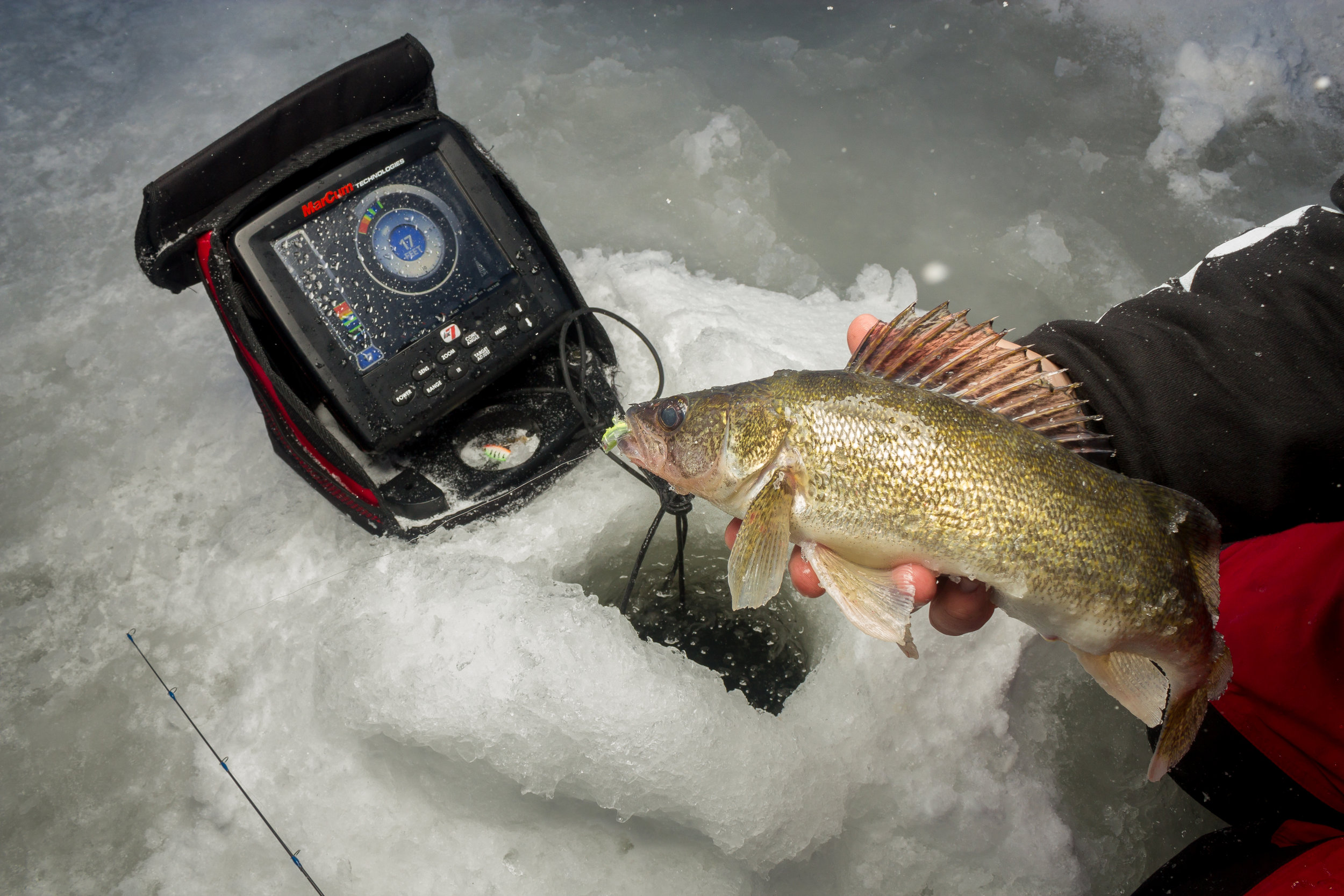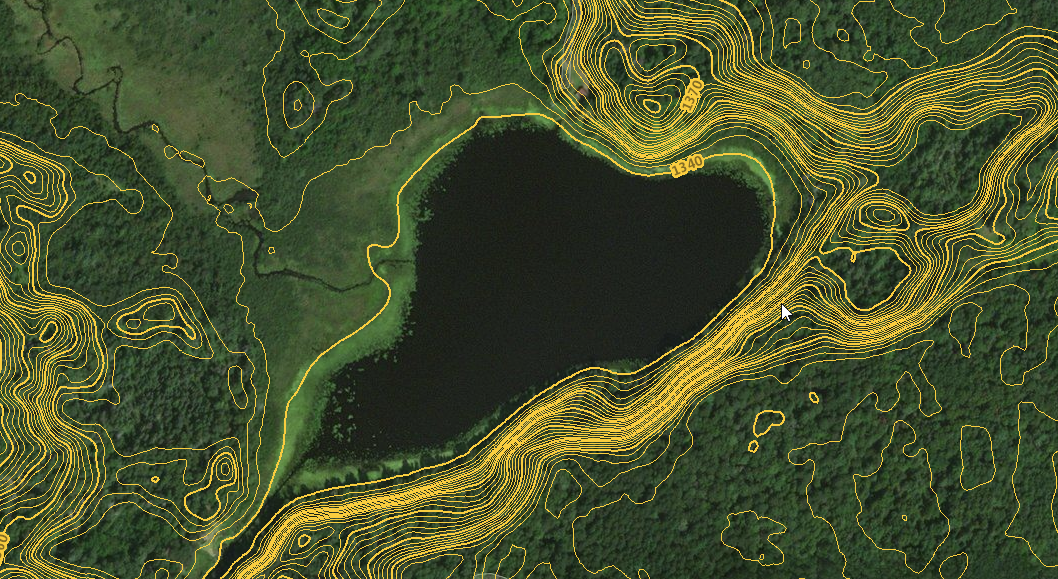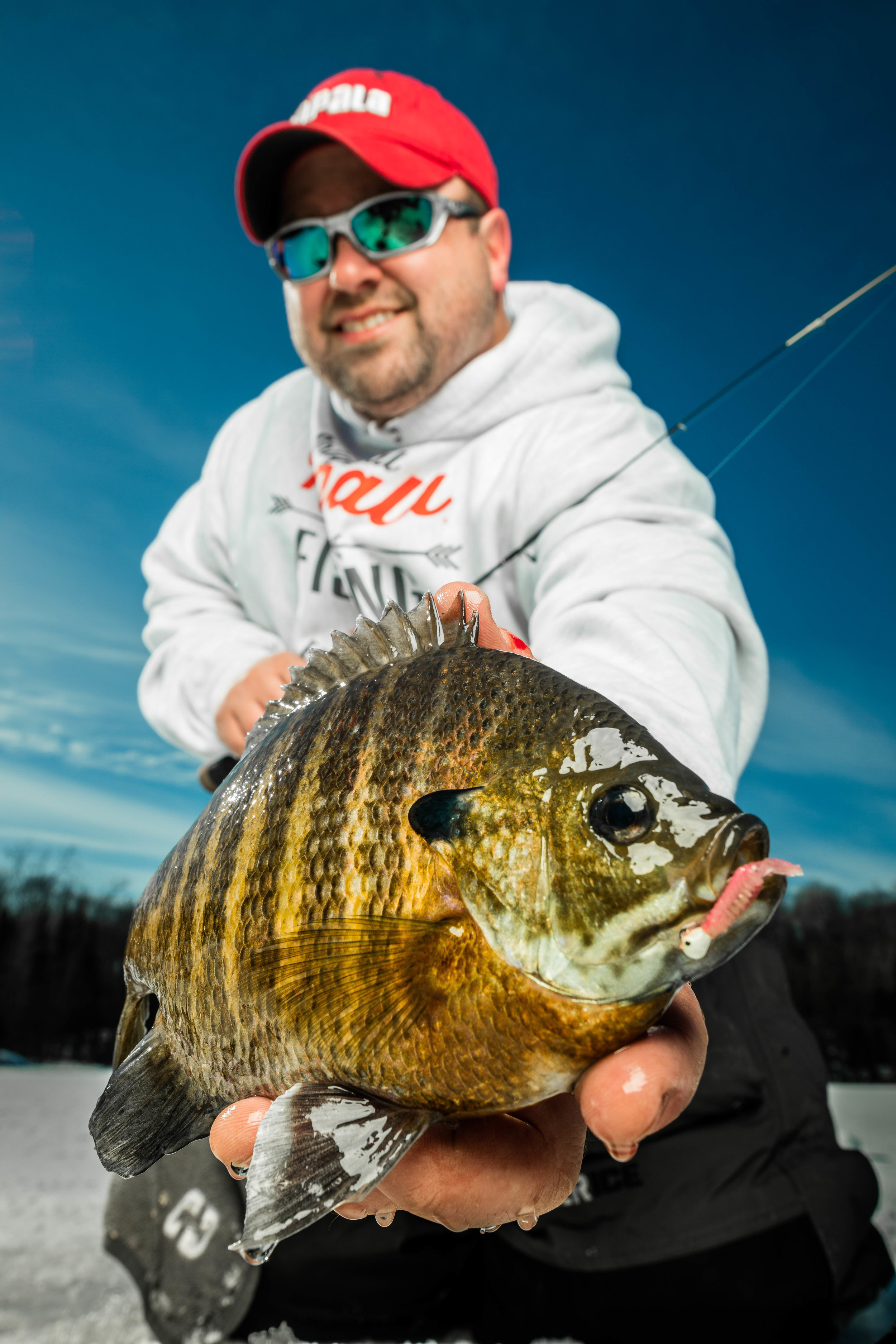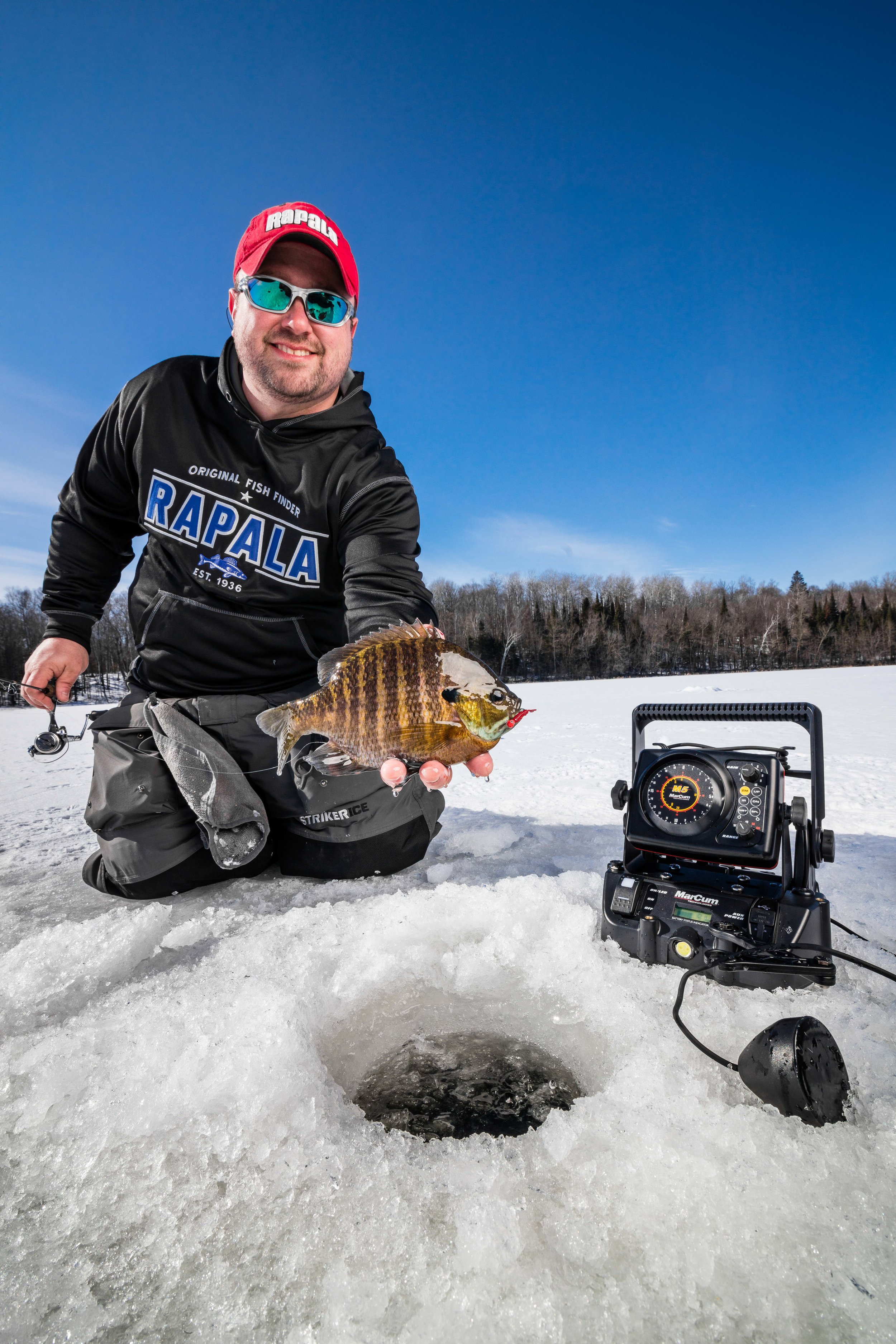Tom M. asks:
This season I’ve been pushing myself to explore new fishing spots rather than relying on the regulars. I’ve found that between contour maps and a few DNR resources there is a ton of great information out there to prepare for a trip, rather than walking in blind (thanks for the resources, btw).
With all the new information both from the prep and actual fishing I’m struggling to stay organized. Navionics markers are great, but just scratch the surface. Do you have any tips of how to keep fishing records aside from a manual log book? Things such as trip dates, fish caught, successful lures, weather, ice conditions, etc. would be nice to look back on when planning future trips. Thanks!
This is a great question. I find myself wishing at times I still kept a written log, as especially in a wheelhouse, when you have time on-ice you can really get detailed. I did this for two seasons religiously in 2002 and 2003, and I can attest from experience that it makes you a better angler. Not only do you record what you're seeing, you're exercising the idea of being observational, which makes you look at all of these details in a deeper manner.
There's some great online apps like Fishidy, Pro Angler, etc., with each having their own Pros/Cons. The upside for many of them, map-based, log information in pre-formatted entry forms, but the downside is often lots of stuff you don't need.
These days, our phones go with us wherever we go, and there's a great built in camera. Photos tell the story, and more than anything, help jog our memories when we forget some crucial details. Unlocking these key parts of your brain that store the information is something a simple photograph can do, so at least take plenty of pictures.
Even better, I've been using the Google Keep feature on my Android phone to gather some great information. I can use it on my phone, then log-in at anytime from anywhere to see the information - https://keep.google.com/
It really organizes a few quick text blurbs, along with any photos or other information you have. I can take screen grabs of the current weather, Navionics app location, along with some fish and bait pictures, then store that to a single Note I write for myself. It's been a quick and handy way for me to stay organized and on top of what I do!










